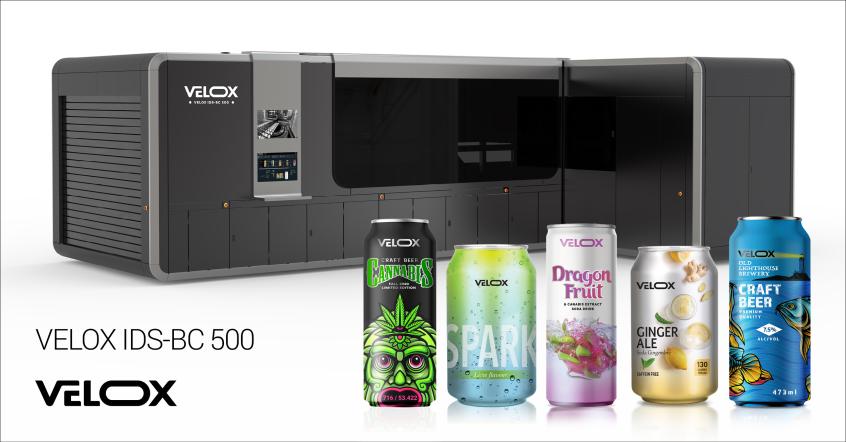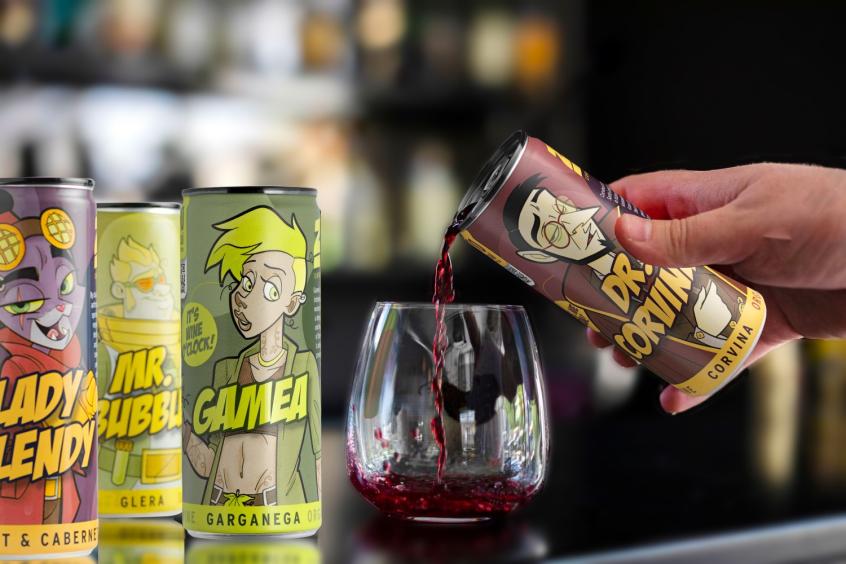A Sound Experiment

When you think of your favorite packaged food or beverage, which of the five senses come to mind first? If you said touch, taste or smell, you’re not alone. Consumers routinely pick up products and touch them, or refer to the smell or taste of their favorite foods. These senses have served as inspiration for the packaging of food and beverages for decades. Sound is probably the least utilized sense when it comes to modern food and beverage packaging.
With this in mind, Professor Charles Spence, Head of the Crossmodal Research Laboratory at Oxford University, and his team set out to examine how the sound a package makes when it is opened impacts the experience consumers have with a brand or a particular product. The goal was to identify how sound can be used to influence consumer purchasing decisions, aligning with Spence’s research on how understanding the human mind will lead to better design of multisensory food, products, interfaces, packaging and environments in the future.
To execute the study, Crown partnered with Professor Spence and his team at Oxford University, as they are part of one of the leading research groups worldwide in the area of multi-sensory design. Crown’s aluminum beverage cans and metal closures were used as test subjects for the study. The study used an experimental design that highlighted how sound can communicate information that is usually perceived via other senses. Participants were invited to virtually ‘open’ cans using an online program, which stimulated pre-recorded sound files of a range of beverage cans. The scope of the experiment included testing the sound of different beverage cans sizes as well as a range of can features that Crown offers.
The study examined whether the respondents heard a difference between the sounds made by the various can sizes and diameters, if they had a preference for one of the sounds or if they experienced any change in their confidence of the product’s safety and freshness based on the opening sound. It also measured how the different sounds impacted desire for consumption, consumer perception of the level of refreshment, as well as the quality of each product and whether they noticed a difference in temperature.
Study results revealed that certain packaging formats did indeed lend consumers a unique sensory experience. For example, the majority of men and women preferred the sound of a wide-mouth tab and felt that it indicated that the beverage was of higher quality, freshness and carbonation. Additionally, participants answered that they were 53 percent more likely to consume a beverage with this packaging attribute. More generally, the sound of a larger can being opened was perceived as more masculine while the slimmer style can had a softer, more feminine sound.
Although sound may not be the first sense we associate with packaging, it does have an effect on the way consumers process and relate to certain products. Brands can rely on metal packaging to stimulate not one but several consumer senses.



